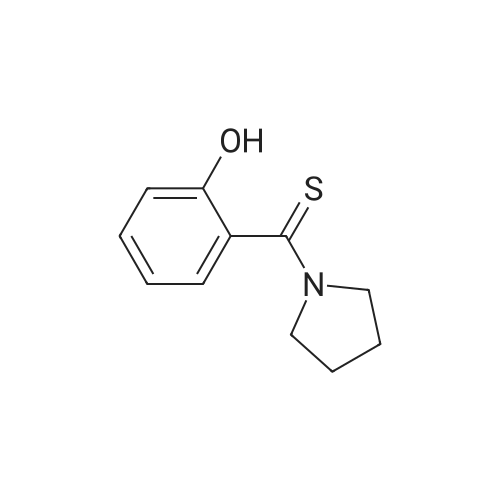| 生物活性 | |||
|---|---|---|---|
| 描述 | K-Ras is a small GTPase that functions as a molecular switch cycling between inactive (GDP-bound) and active (GTP-bound) states. The conversion of K-Ras-GDP to K-Ras-GTP is the rate-limiting step in the activation of K-Ras and is catalyzed by guanine nucleotide exchange factors such as the son of sevenless (Sos). Mutations in K-Ras fix the protein in the active state and endow cells with capabilities that represent the hallmarks of cancer[3]. These include the ability to proliferate, evade apoptosis, reprogram cell metabolism, induce angiogenesis, activate invasion and metastasis, and escape immune destruction[4]. Indeed, aberrant K-Ras signaling plays a role in 30% of all human cancers, with the highest incidence of activating mutations found in pancreatic (70-90%), colon (30-50%), and lung (20-30%) carcinomas[5]. Downregulation of activated Ras reverses the transformed phenotype of cells and results in the dramatic regression of tumors in murine xenograft models[6]. K-Ras-IN-1(MDK-3017)is a K-Ras inhibitor that binds to K-Ras (wild type), K-Ras (G12D), K-Ras (G12V), and H-Ras and block binding to Sos which causes the inhibition of Sos-mediated nucleotide exchange. These molecules represent a starting point for obtaining probe molecules useful in elucidating new insights into Ras signaling and for discovering K-Ras inhibitors for the treatment of cancer[7]. | ||
| 实验方案 | |||
|---|---|---|---|
| 1mg | 5mg | 10mg | |
|
1 mM 5 mM 10 mM |
4.82mL 0.96mL 0.48mL |
24.12mL 4.82mL 2.41mL |
48.24mL 9.65mL 4.82mL |
| 参考文献 |
|---|
|
[3]Hanahan D, Weinberg RA. Hallmarks of cancer: the next generation.Cell. 2011; 144:646–74. [4]Pylayeva-Gupta Y, et al. RAS oncogenes: weaving a tumorigenic web .Cancer. 2011; 11:761–74. |


